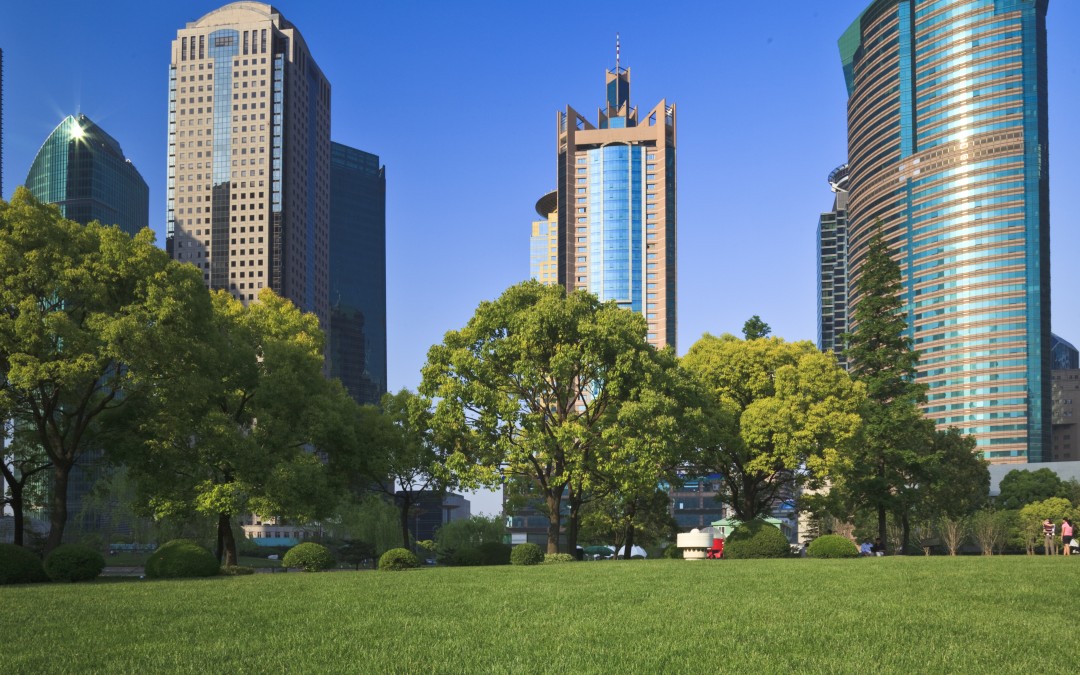Proposed new policies will help transform the way rain is managed in Ontario by reducing non-point source pollution and improving water quality throughout the province.
These two policies present a rare opportunity to influence a paradigm shift in policy and practice, from drainage and detention to managing rain where it falls, reducing runoff and runoff pollution by implementing green infrastructure/low impact development.
The Coordinated Land Use Planning Review, led by the Ministry of Municipal Affairs and Housing, proposes growth plan amendments that would require improved stormwater management planning throughout the Greater Golden Horseshoe Area, including the use of green infrastructure/LID.
Support for green infrastructure is especially important in light of growing expectations for intensification as a way to concentrate development, avoid sprawl, and protect farmland and natural areas. Intensification makes sense for all sorts of environmental and economic reasons, but it will increase runoff and associated pollution unless countervailing measures are implemented to promote infiltration, evapotranspiration, harvesting and reuse onsite.
The growth plan amendments also support watershed planning using a “one water” approach that addresses potable, stormwater, and sanitary systems jointly. Integrated watershed planning will support green infrastructure by recognizing multiple co-benefits.
A second Ontario policy initiative, led by the Ministry of Environment and Climate Change, involves the development of a Low Impact Development Guidance Document as a companion to Ontario’s 2003 stormwater guidance manual. A crucial element is the adoption of runoff volume reduction expectations, which will drive uptake of green infrastructure as a means of permanently retaining rainfall onsite.
Draft recommendations from the province’s consultants call for onsite retention of 90 per cent of rainfall events by volume, imitating what happens in nature. In practice, this would mean an average retention target of 27 mm (just over an inch), to be achieved through infiltration and evapotranspiration, although the actual targets vary across the province depending on local rainfall patterns.
Champions of green infrastructure hope these two policy initiatives represent a shift from government support in principle to real action and lasting change. However, neither initiative is perfect – for example, they appear to only address greenfield development and major redevelopments, and therefore do nothing to change the way rain is managed on the existing developed landscape. This is a serious oversite– addressing runoff on already urbanized environments is central to addressing current stormwater management issues of failing infrastructure, and climate change. Nonetheless, these policy changes do represent a step in the right direction and demonstrate progress in how we view the management of rain.
Green Communities Canada and the Green Infrastructure Ontario Coalition (GIO) are partnering to provide input to the province from GIO members and environmental NGOs. With funding from the Great Lakes Network, environmental lawyer Anastasia Lintner has been engaged to craft joint briefs on both initiatives.
Interested in learning more about these changes in policy? Join our webinar 1-2pm (EDT) October 13th, Transforming rainwater management on the Ontario landscape—the changing policy environment with Anastasia Lintner, PhD, LLD, and Clifford Maynes, Executive Director of Green Communities Canada.
This article was published in The Umbrella Stormwater Bulletin Issue #48.
By Clifford Maynes, Executive Director of Green Communities Canada
Poll
Do you think these policy initiatives will motivate Ontario cities to use green stormwater infrastructure to manage rain?
- Yes, this political support is just what they need (58%, 7 Votes)
- No - see below (25%, 3 Votes)
- I am not sure (17%, 2 Votes)
Total Voters: 12
If no, please tell us why...
- They need more of a financial incentive. (22%, 2 Votes)
- There is a lack of understanding about green stormwater infrastructure (22%, 2 Votes)
- There is a lack of skills to implement green stormwater infrastructure (22%, 2 Votes)
- Other (33%, 3 Votes)
Total Voters: 5


